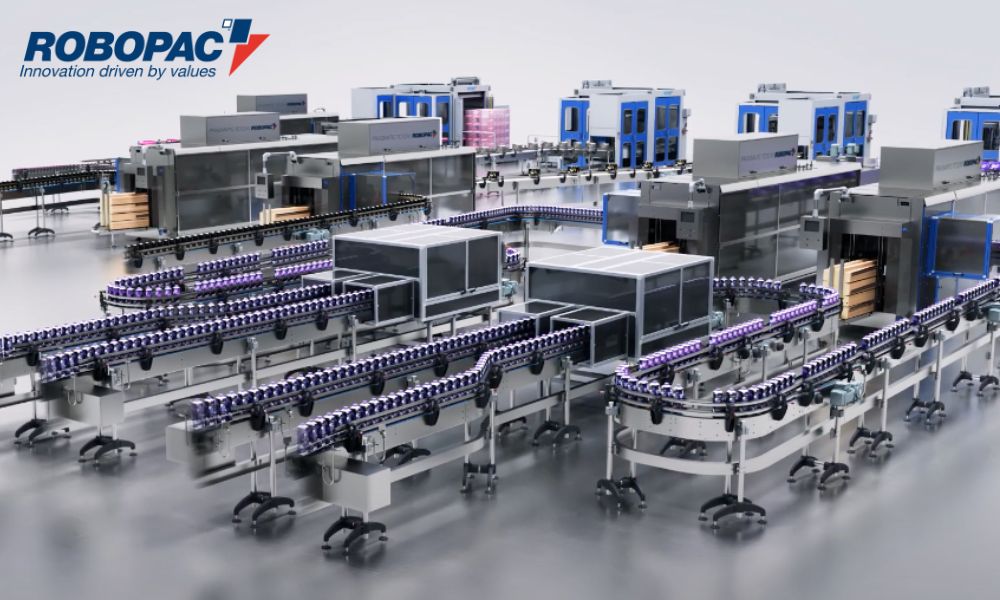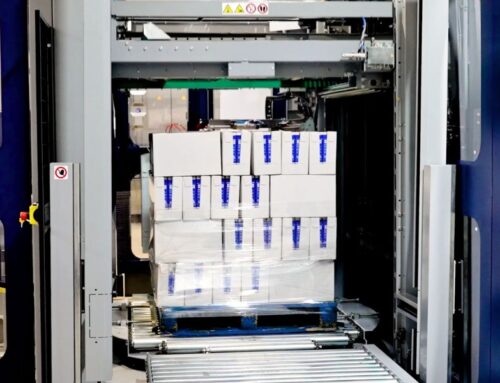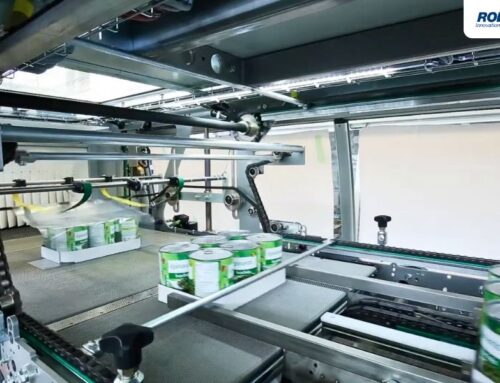Packaging decisions shape every aspect of your operation, from production efficiency to customer satisfaction. The choice between case packing and tray packing affects your bottom line, product protection, and market positioning. In our comparison of case packing vs. tray packing below, we’ll help you understand the ins and outs of each method to determine which is better for you.
Understanding Tray Packing Systems
Tray packing utilizes wide, shallow containers that showcase products while providing structural support. These systems use product visibility to drive sales. Most trays remain open at the top, though some feature light covers for additional protection.
Modern tray packing systems accommodate diverse product formats. In-fold trays work well for beverage applications, while produce trays handle loose items effectively. Triangular corner post trays offer enhanced durability for heavier products, and club store trays provide branded display opportunities in warehouse retail environments.
Key Tray Packing Advantages
Tray systems deliver immediate display capability. Retail staff can remove shrink wrap and place trays directly on shelves, reducing labor costs and improving product presentation. The open design allows consumers to examine products easily, which can increase purchase decisions.
Also, material usage typically runs lower with tray packing. The fewer cardboard requirements translate to cost savings and improved sustainability metrics.
Case Packing Solutions Overview
Case packing fully encloses products within protective containers. These systems handle regular slotted containers, half-slotted containers, and wrap-around designs. Each configuration serves specific operational requirements and product characteristics.
Loading methods vary depending on product specifications. Top-loading systems work effectively for most applications, while side-loading handles structured items like jars and boxes. Bottom-loading serves specific applications where loaders cannot grip products from above.
Case Packing Benefits
Protection levels for case packing exceed those of tray systems. Full enclosure shields products from environmental factors, handling damage, and contamination. This protection is most critical for long-distance shipping or extended storage periods.
The stacking capabilities of case packing also improve warehouse efficiency. Cases maintain structural integrity under load, allowing higher stacking configurations and better space utilization.
Making the Right Choice
Now that we understand case packing vs. tray packing, which is better for you? Packaging decisions hinge on several factors that impact operational success. Fragile products, such as dairy items, benefit from full case protection, while sturdier items may work well in trays, depending on shipping and storage conditions. A dairy packaging machine should include wrap-around case packing solutions to protect the sensitive items.
Consumer accessibility also matters. Trays allow quick shelf stocking and appealing displays, and cases offer better transport protection but require more handling.
Lastly, consider cost, which goes beyond material expenses to include damage rates, labor, and storage efficiency. Trays may lower material costs, but cases can reduce product losses during distribution.
Building Efficient Packaging Operations
The decision between case packing and tray packing can impact your operational efficiency and market success. Tray packing is ideal when product visibility, quick display, and material efficiency are priorities. On the other hand, case packing enhances protection, is more efficient for stacking, and is superior for long-distance shipping.
At Robopac USA, our packaging automation experts can help you analyze your unique situation and recommend the perfect solution to optimize performance while meeting sustainability and cost goals. If you’re ready to elevate your packaging process, contact Robopac USA today to explore our advanced packaging solutions!







